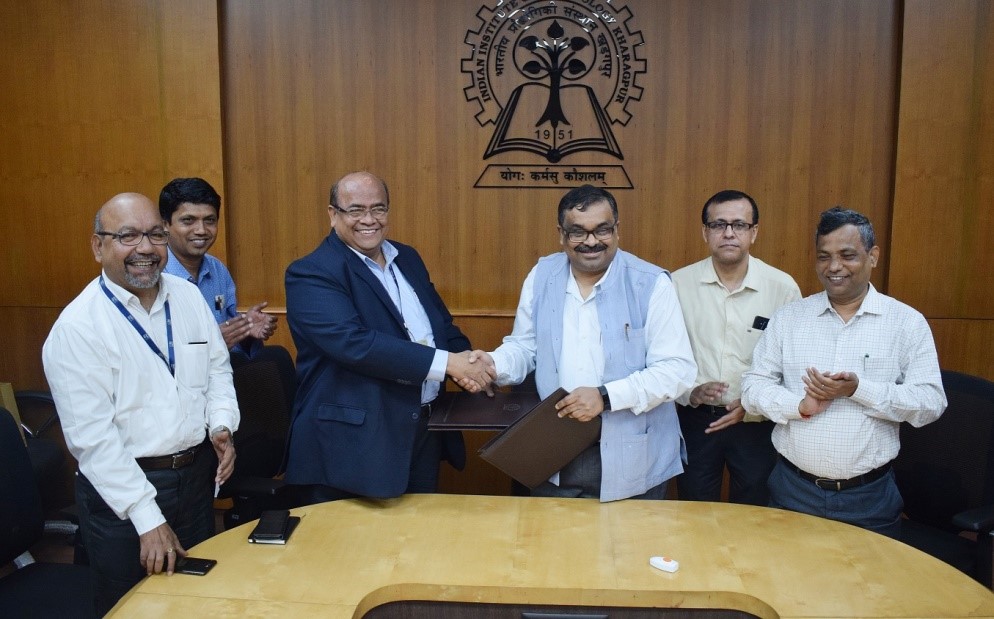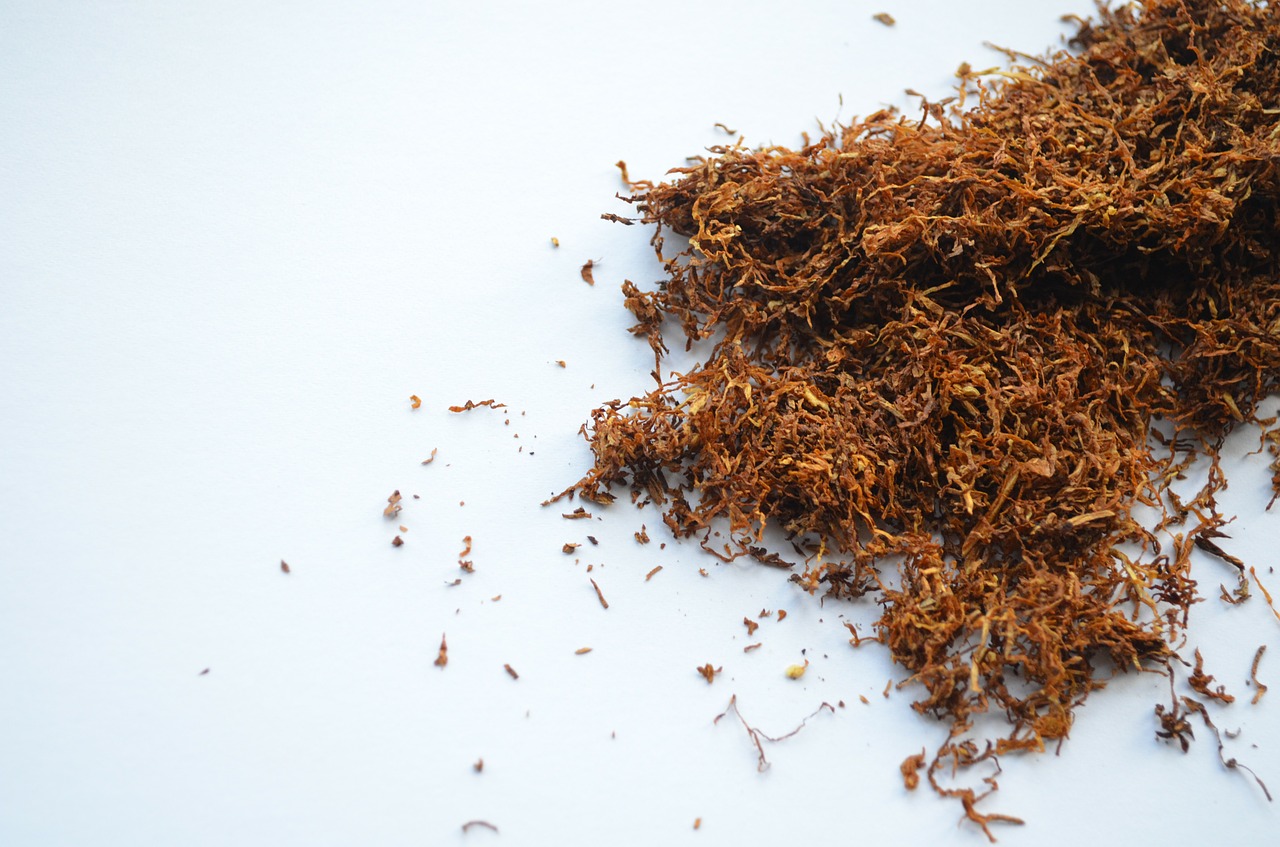
IIT Kharagpur Gets New High Power Computing Facility
- News
- 2K
Indian Institute of Technology, Kharagpur, is all set to ramp up its research and development activities with the acquisition of a 1.3 petaflop high power computing facility and a data centre under the National Supercomputing Mission (NSM).
The institute signed a memorandum of understanding with the Centre for Development of Advanced Computing (C-DAC) this week to facilitate supply, installation, commissioning and operations of the system.
“We have selected specific challenge domains like cryptography, chemistry, molecular dynamics, drug discovery, artificial intelligence and data sciences where the new system would be utilized. We have also identified challenges in these domains and applications in areas such as healthcare, smart cities, geosciences, new materials and other discovery-based sciences,” said Prof. P P Chakrabarti, Director, IIT-Kharagpur.
The research activities will include building hardware and software for high-performance computing systems, data management, analytics, and visualizations. In addition, the system will be used for research in computational biology, drug design, atmospheric modelling, computational fluid dynamics, modelling of novel materials, computational chemistry and physics, numerical mathematics, computational mechanics, and non-equilibrium molecular dynamics.
The institute will also offer academic programmes and training in high power computing. The Institute will conduct degree programs, doctoral programs and micro-specializations for undergraduate students and short-term courses for industry professionals.
The new facility is likely to ready for use in three to four months. All the products and accessories will be designed and manufactured within the country, said Dr. Hemant Darbari, Director General, C-DAC.
The National Supercomputing Mission is being implemented jointly by the Department of Science and Technology (DST) and Department of Electronics and Information Technology (DeitY) at an estimated cost of Rs.4,500 crore. It envisages installing vast supercomputing grid comprising of over 70 high-performance computing facilities spread across the county. (India Science Wire)
If you liked this article, then please subscribe to our YouTube Channel for the latest Science & Tech news. You can also find us on Twitter & Facebook.


